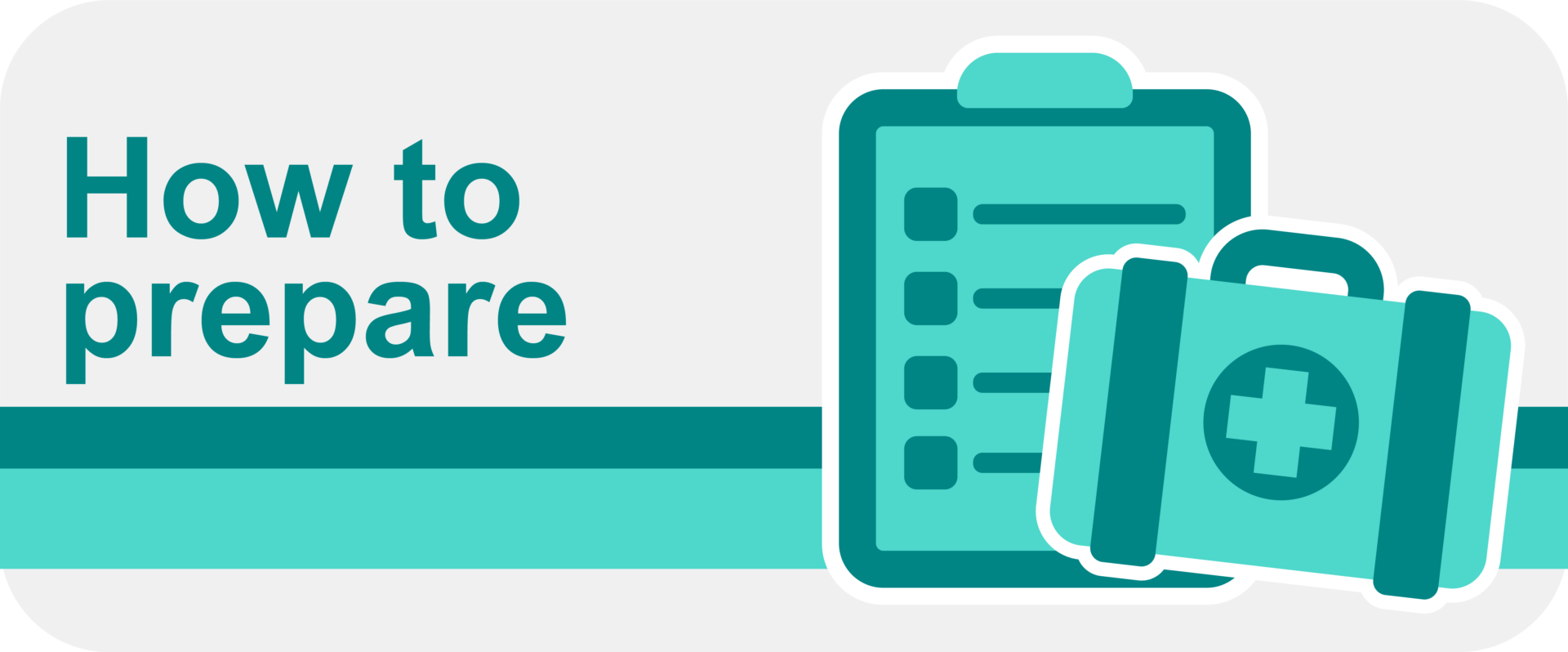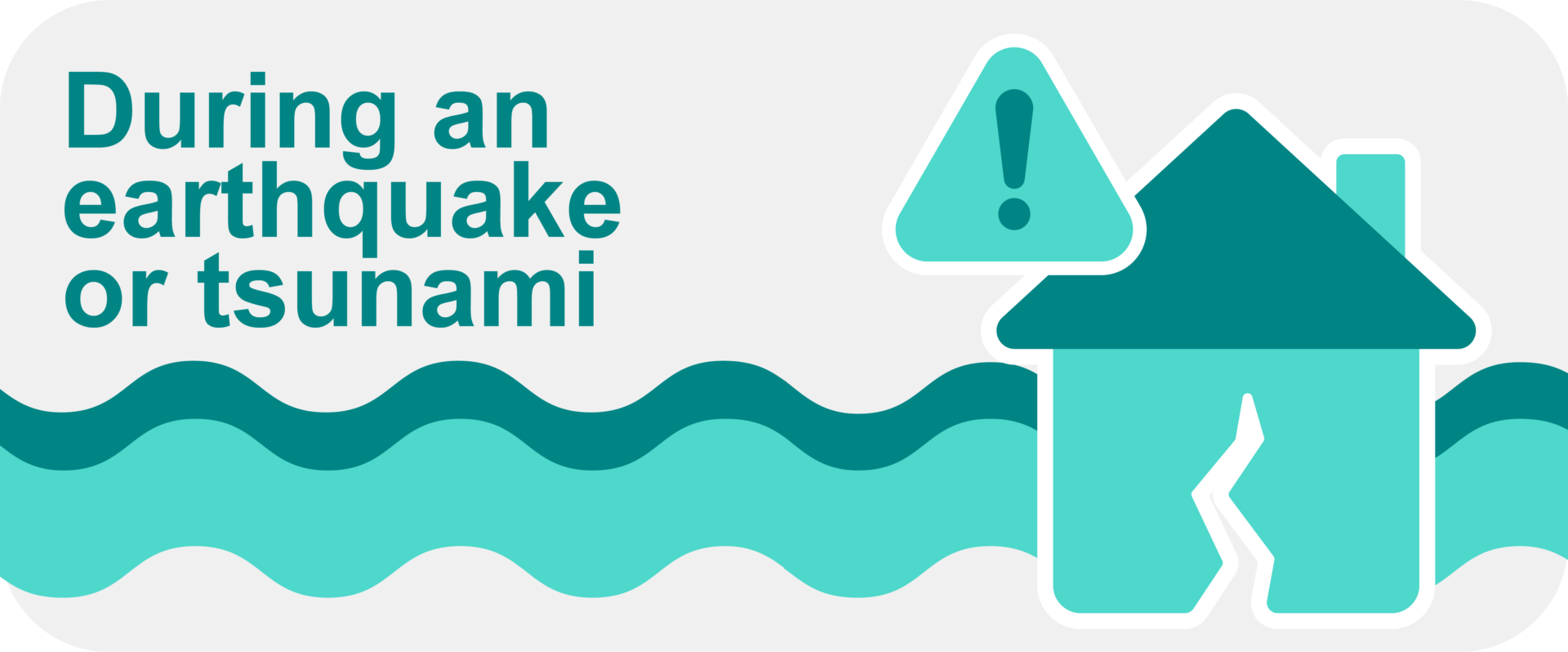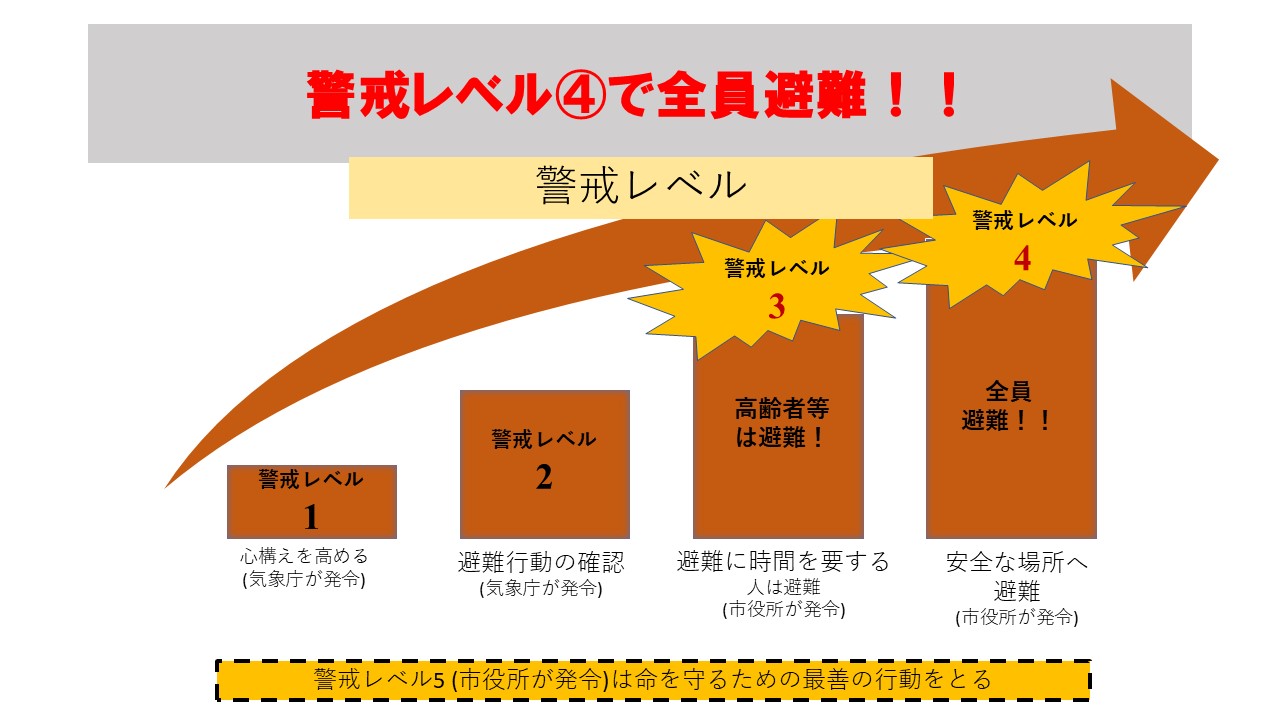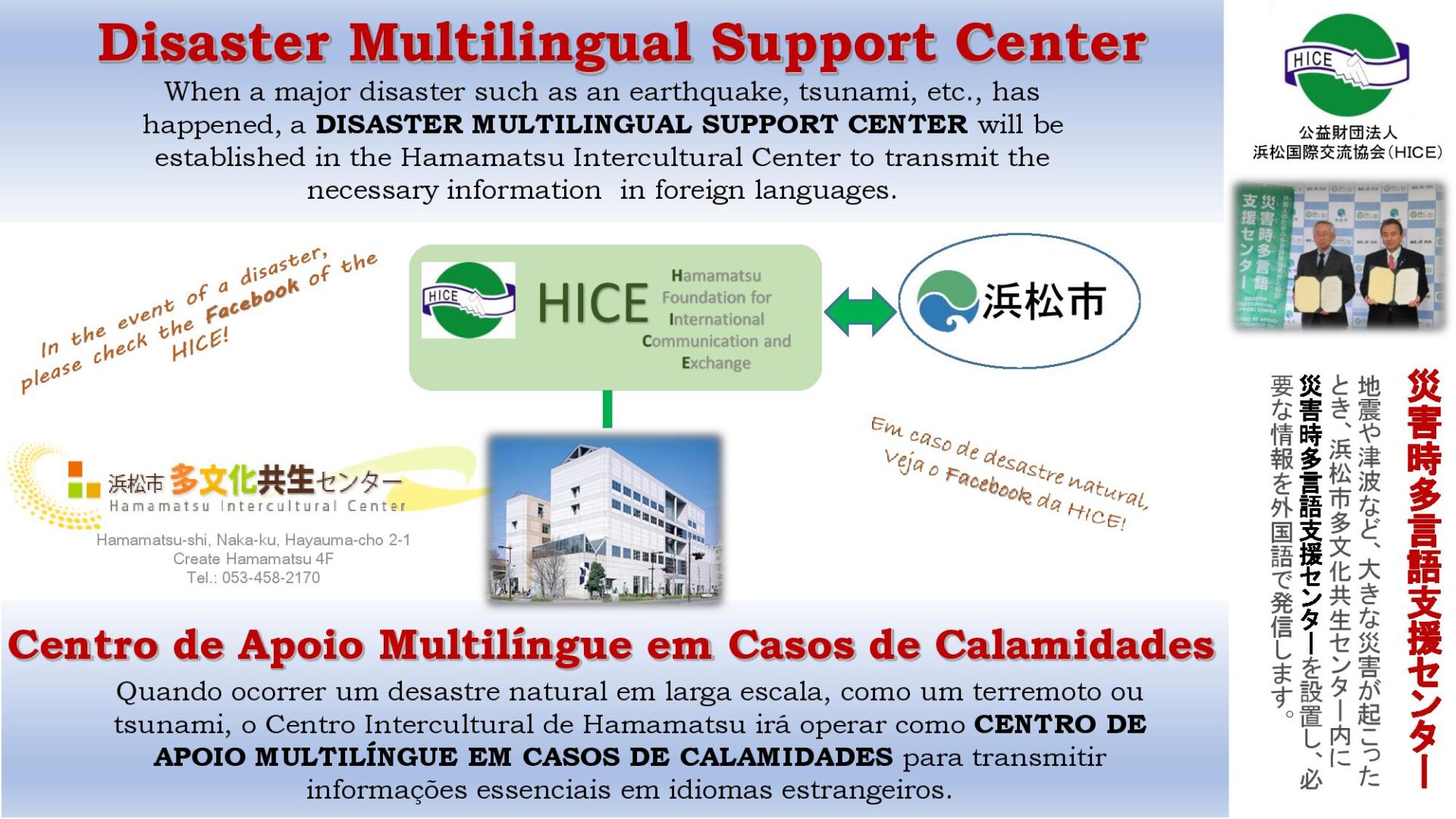

What You Can Do In Advance
Safety measures in your own home
- Secure a safe space that is free of furniture
- Arrange furniture so that it will not fall on you
- Do not place furniture or other items near doorways or in hallways
- Fixing furniture in place
- Attaching metal latches to hinged doors
- Fixing TVs in place
- Prepare a reliable way to acquire information when there is a power outage
Let’s Prepare Emergency Supplies and a Stockpile
| Portable radio | Whistle | ||
| Flashlight | Work gloves, shoes, slippers | ||
| Backup batteries | Writing utensils, memo pad | ||
| Helmet, disaster prevention hood | Cash (1,000 yen notes and 10 yen coins) | ||
| Bank books, documents (Zairyu Card) | Inkan | ||
| Drinking water (minimum necessary per person: three 500ml bottles or so) | Emergency foods (instant rice, sea biscuits, canned foods, etc.), chopsticks and spoon | ||
| First-aid kit | Masks | ||
| Medicines for chronic diseases, household medicines | Drug handbook | ||
| Clothes (coats, underwear, socks) | Raincoat, etc. | ||
| Toiletries (towel, toothbrush) | Utility knife, scissors, etc. | ||
| Lighter, matches | Disposable heat pads | ||
| Wet tissues, tissue paper, etc | Portable toilet |
Prepare Survival Supplies For At Least 7 Days, Or If Possible, For 10 Days
| Drinking water (guideline is 3 liters/day per person) | Emergency foods (instant rice, sea biscuits, canned foods, instant foods, etc.) | ||
| Plastic containers, emergency water supply bags | Tableware (paper plates, paper cups, etc.) | ||
| Tabletop stove, gas cylinders | Lighter, matches | ||
| Clothes (coats, underwear, socks) | Towels, blankets | ||
| Disposable heat pads | Wet tissues, tissue paper, etc. | ||
| Plastic bags | Plastic wrap, aluminum foil | ||
| Portable toilet | Toiletries, dry shampoo | ||
| Sanitary products | Powdered milk, baby foods | ||
| Feeding bottles | Diapers, baby wipes | ||
| Bath towels | Mother and Child Health Handbook | ||
| Spare glasses, contact lenses | Nursing care items |
Let’s Hold Family Disaster Prevention Meetings
To prepare for emergencies, let’s hold a disaster prevention meeting with the whole family at least twice a
year and check evacuation sites/routes, inspect the emergency supplies, update contact methods between family members and replace drinking water/emergency foods, etc
Saigaiyo Dengonban – Set up in the event of a major disaster
災害用伝言版(NTT)
During a disaster
Evacuation Time Line and Actions
- Protect yourself as much as possible by protecting your head
- Do not rush outside
- Get away from household furniture and escape to a safe location
- Never unreasonably attempt to extinguish fi res on stovetops, etc., while it is still shaking
- Open the front door or windows leading to the outside in order to secure an evacuation route
Level alert

Acquire Information
Hamamatsu Disaster Prevention Email
This is a mailing service that sends emails to registered cell phones and such about emergency information, weather
information and information on the opening of evacuation areas, etc

In the event of a disaster, Fm Haro will broadcast the latest updates on the disaster and information on the opening of
evacuation sites from Hamamatsu.







